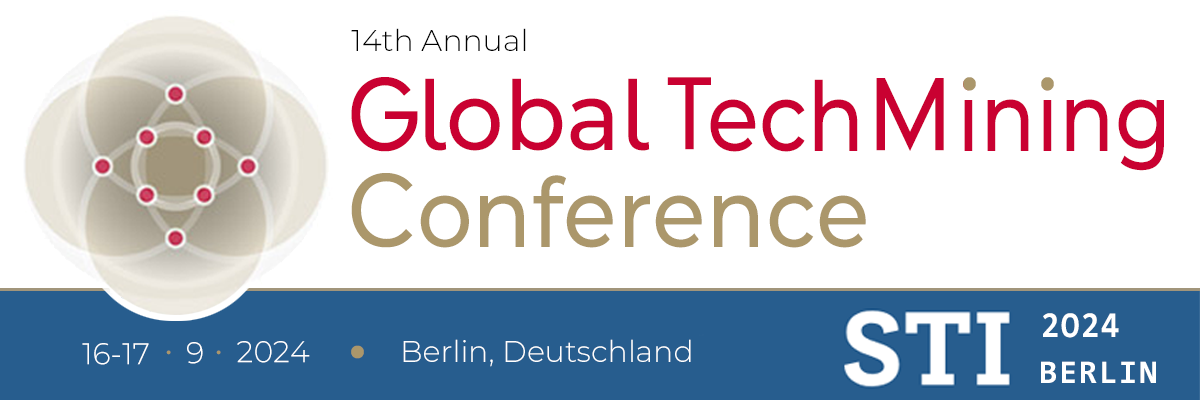Lena Kronemeyer “Finding frugal patent candidates: Testing a thesaurus-based process model in the field of household appliances” (link to publication and full-abstract)
A process model for identifying frugal patent candidates can be used by engineers and technology managers to find ideas for frugal innovations. Building on prior work of a generic process model based on semantic analysis and a frugal thesaurus, Lena will present results of applying the model to an industry with a different business model…household appliances, and share options for enhancing the process, e.g. by separating between a frugal search and a frugal evaluation thesaurus. The case study in the industry of small household appliances gives the basis for its successful transfer to other industries.
Michael Wustmans “Assessing path dependence in multi-technological organizations using patent data” (link to publication and full-abstract)
This study introduces a novel approach for monitoring path dependence in technology developments, motivated by the need of multi-technological organizations to maintain their flexibility and responsiveness in the fact of dynamic and changing environments. The method assesses the patenting behavior of multi-technological organizations. By characterizing patents of oil- and gas- producing organizations in relation to their technology developments, Michael shows a distinction between product-radical, process-radical, product-incremental and process-incremental patents and thereby calculate the path-dependent (PD_t) indicator. The results further reveal that the adoption rate of novel technology alternatives is higher in those organizations with a lower PD_t indicator.
Nils Denter “Novelties as drivers of innovation: Semantic disambiguation of two novelty types and assessment of their effects on value”
This research contributes to the understanding of technological oriented and application-oriented novelty, enabling experts to search for technologically and/or application oriented novel patents along with the driving institutions and inventors behind those patents. Novelty is not only characterized by scientific breakthroughs leading to new technological solutions; novelty may also be caused by utilizing an existing technology for a new application, or a combination of both. Recent approaches measure novelty based on patents only in a single dimension and do not differentiate between the two types of novelty. To achieve this additional requirement, Nils will discuss a semantic based measurement consisting of five steps: generation of semantic science oriented thesaurus, collection and pre-processing of patent data, calculation of novelty values for each bi-gram, generation of semantic anchor points and calculation of novelty value for each patent.
Lena Kronemeyer “Monitoring Competitors’ Innovation Activities: Creating Competitive Patent Maps Based on Semantic Anchor Points” (link to publication and full-abstract)
Monitoring the movements of competitors as well as their innovative endeavors and the targets of their efforts is an important task for the business intelligence of a company. In addition to market-oriented means, such as observing competitors’ publications and websites, or analyzing existing products, patent analysis may offer future-oriented insights. Lena will discuss a four-step method based on semantic anchor points aiming at analyzing the competitive landscape to achieve insights as to how the innovation activities of one company are reflected in the core competencies of another company over time.
